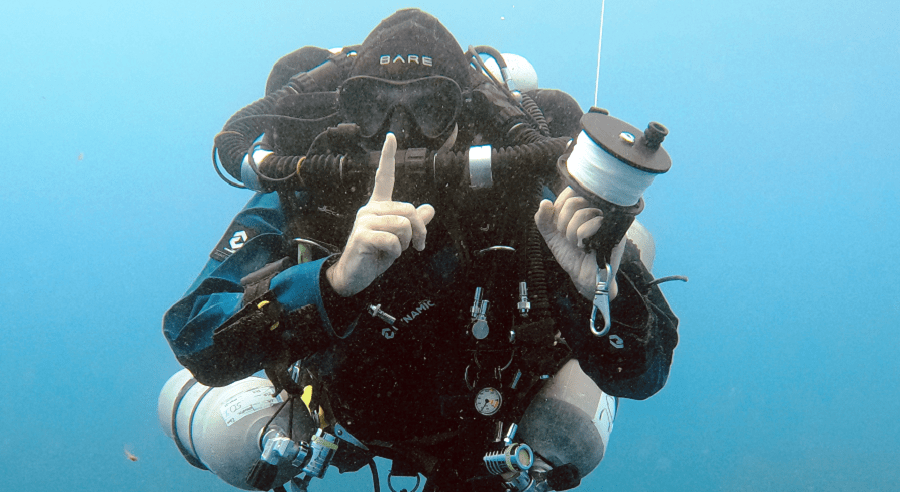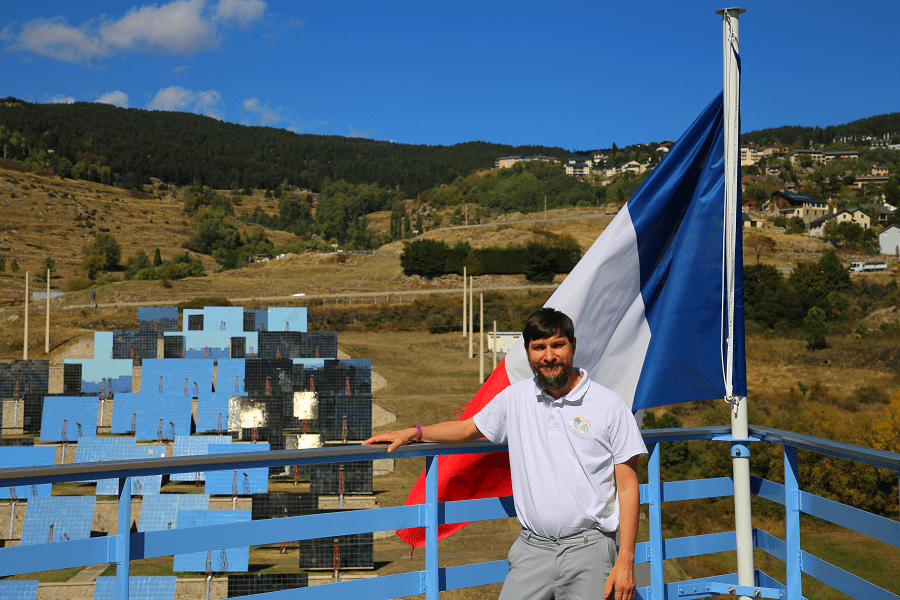 Evgeny Mikhailovich Avsharov is head of development and implementation of the PACS system for receiving, storing and transmitting medical DICOM images AS_VIMeN; processing and visualization at 2D DICOM workstations for processing and visualization in real-time AS_GSV “Michelangelo”, DICOM servers and DICOM printers the AS series; chief architect of the “Microsecond Roentgenology” technology based on new physical and technological principles to create a fundamentally new class of diagnostic roentgenology medical and industrial equipment. Certified Siemens X-ray and General Electric computed tomography engineer; developer of ideology and technology for creating digital adaptive systems for receiving, storing and 2D pipeline processing and real-time visualization of a stream of high-resolution dynamic medical images. Technical director of Course-AS1 LLC, Moscow.
Evgeny Mikhailovich Avsharov is head of development and implementation of the PACS system for receiving, storing and transmitting medical DICOM images AS_VIMeN; processing and visualization at 2D DICOM workstations for processing and visualization in real-time AS_GSV “Michelangelo”, DICOM servers and DICOM printers the AS series; chief architect of the “Microsecond Roentgenology” technology based on new physical and technological principles to create a fundamentally new class of diagnostic roentgenology medical and industrial equipment. Certified Siemens X-ray and General Electric computed tomography engineer; developer of ideology and technology for creating digital adaptive systems for receiving, storing and 2D pipeline processing and real-time visualization of a stream of high-resolution dynamic medical images. Technical director of Course-AS1 LLC, Moscow.
What technical difficulties prevent large x-ray equipment manufacturers from reducing the harmful radiation dose significantly?
The x-ray dose required to create the correct diagnostic image depends directly on the DQE (0) initial quantum efficiency of the Flat Panel Detector (FPD).
Many FPD manufacturers are not very fond of providing characteristics of the initial dependence of quantum DQE (0) efficiency on the input x-ray dose, and here’s why: even for direct conversion FPDs performed on a CsI scintillator with an amorphous selenium amplifier a-Se with a gain of 1.0, in the small doses range of 1.0-10nGy (0.1-1.0µR), the change in the DQE (0) value is in the range from 0.10 to 0.30, therefore, it is necessary to set the gain in the a-Se layer from ~ 50 and higher, which leads to a proportional quantum noise increase.
Thus, the leading X-ray equipment manufacturers have reached the limit of increasing the X-ray radiation power and hit the limits of X-ray detectors conversion using traditional technologies, both in medicine and in industry.
Currently, existing approaches to the X-ray diagnostic systems design do not allow combining such characteristics in a single product: an increase in the dynamic X-ray detectors resolution with a simultaneous increase in the frame rate per second, which directly affects the diagnostic process; the x-ray dose reduction by an order of magnitude or more, because to increase the resolution of X-ray images by four times, it is necessary to increase the dose per image pixel by 16 times; reduction of the x-ray tube focal spot to a value of 0.1 * 0.1mm or less, when the time to take the x-ray image frame is few milliseconds (even the best processing allows achieving a real resolution of not more than 0.7 -: – 0.5 of the focal spot size, even if the resolution of the x-ray detector exceeds this value dramatically); decrease in the integrated radiation power per x-ray image frame without increasing the instantaneous power of the x-ray tube.
On what principles is it possible to increase the roentgenology resolution with the x-ray dose decrease?
The quality and diagnostic significance of images obtained in roentgenology depend on four main components: x-ray emitters (x-ray tubes), high-voltage x-ray generators, x-ray radiation detectors, and image processing and visualization systems.
We have solved the problem of correction of secondary x-ray radiation (parasitic radiation) influence on image quality. Currently available mathematical methods for partial correction of parasitic radiation arising in the object of study allow processing both a stream of 16-bit frames in real-time and a stream of subtraction images in a format up to 1024 * 1024 (i.e., 1 megapixel = 1.0Mpix) at 30 frames per second.
We achieve this by creating a multi-stage 16-bit flexible multi-functional pipeline for mathematical processing of the image stream with sequential use of functional elements sets – matrix filters, nonlinear and spectral converters, the parameters of which are accessible to the process operator. At the same time, the physical data stream can reach 120MB/s at 60 frames per second (for the 1024 * 1024 * 16b format), and 60MB/s at 30 frames per second is enough for visualization, without display delay, and with the possibility of its perception by the human eye. The partial correction quality of secondary parasitic radiation depends on the processing technology and the capabilities of the processing pipeline functional elements.
Image processing stages from the original to the subtraction image, where even the smallest blood vessels are visible
The video shows the pipeline processing stages from the primary source image to the subtraction one, which allows partial correction of the secondary (stem) radiation, but not completely, the correction level characterizes the quality of mathematical processing. The request to increase the dynamic display of large-format images 9-12Mpix at 30-60 frames per second requires an increase in the computing pipeline power by an order or more, due to an increase in the input stream to 1440MB/s (12Mpix at 60 frames per second), which is a very non-trivial task to create a dynamic pipeline for streaming image processing.
Thus, the way out of the traditional roentgenology systemic limitations for multiple increases in the method efficiency and safety is possible by creating a new class of X-ray diagnostic systems in the Microsecond Roentgenology technology framework. The solution has no analogues in world radiological practice.
What are the main results of the microsecond roentgenology implementation?
• A drastic x-ray dose reduction by more than 20 times or more with any type of x-ray examination, such as in medical examinations, especially in mammography and angiography, in x-ray studies based on the “tomosynthesis” and computed tomography principles; and in X-ray non-destructive testing systems, in X-ray inspection and security systems.
• At the same time, the dynamic images’ resolution will increase 3-4 times, i.e. up to (100 -: – 50) µm versus (400-200) µm at 30/60 frames per second, in comparison with modern X-ray medical systems, which will require the new standards’ creation for the diagnostic process in general roentgenology, in the field of computed tomography, angiographic studies, mammography, etc.
• An additional effect is the reduction of the X-ray generator integral power by more than 20 times from (50 -: – 120) kW to (2 -: – 4) kW at an X-ray tube instantaneous power – from (30 -: – 100) kW to (15-: – 30) kW, will ensure the practical absence of X-ray tubes and generators heating, and will lead to multiple increases in their life cycle.
• Real-time data flow pipelining (more than 1500MB/s), to reduce dynamic images’ X-ray noise, based on a unique toolkit of parallel real-time computing while increasing the resolution and clarity of the resulting images.
• An increase in the computer tomography resolution to (100 -: – 50) microns with an x-ray tube focus ranging from 0.15 × 0.15mm to 0.1 × 0.1mm (in the medical field).
• Multimodality: the combination in one device of the high resolution of an X-ray diagnostic apparatus and computed tomography.
• A microsecond x-ray tube, a microsecond x-ray generator, and a microsecond x-ray detector cost reduction are associated with the structural and technical features of the latter and the ease of their manufacture, which will lead to the “total cost of ownership” (TCO) reduction of the entire x-ray complex by 50%.
Where were your developments implemented?
Currently, medical image processing systems are operating in Moscow in the MEDSI clinic, in the children’s clinic of the Presidential Administration, in the Gazprom clinic, in city hospital No. 12, and more than 47 clinics around the country.
Can the developed methods be used in astronomy for in-depth exploration of space, microscopy, photo processing and digital processing of arbitrary nature signals?
Projection image restoration is one of the functions of practical astronomy and many other practical branches (geology, biology, etc.). The technology can be applied to any processes taking place with the signals’ absorption and reflection inside the object under study. For computed tomography, it significantly improves images obtained by reconstructing images from projections.
It must be emphasized that although this technology was developed for medicine, primarily for roentgenology, it is applicable for microscopy and high-resolution photo images processing; it has proven itself well for MRT processing, it is relevant for optical images, and in general for any two-dimensional images of high resolution—both in size and in pixels.
Interview: Ivan Stepanyan










